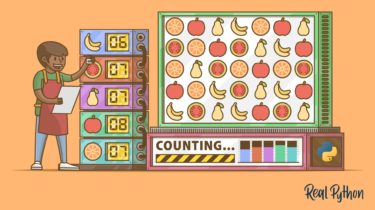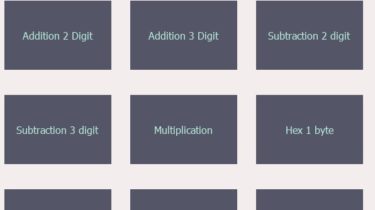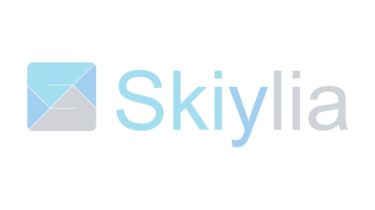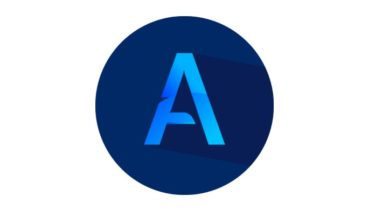Python’s Counter: The Pythonic Way to Count Objects
Counting several repeated objects at once is a common problem in programming. Python offers a bunch of tools and techniques you can use to approach this problem. However, Python’s Counter from collections provides a clean, efficient, and Pythonic solution. This dictionary subclass provides efficient counting capabilities out of the box. Understanding Counter and how to use it efficiently is a convenient skill to have as a Python developer. In this tutorial, you’ll learn how to: Count several repeated objects at […]
Read more








